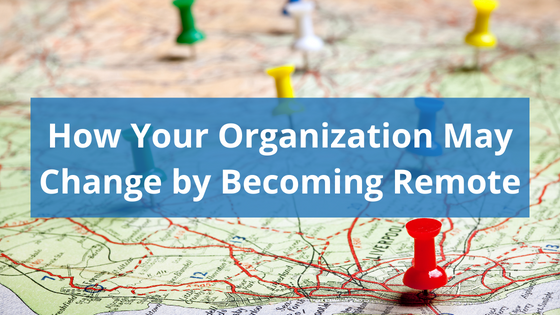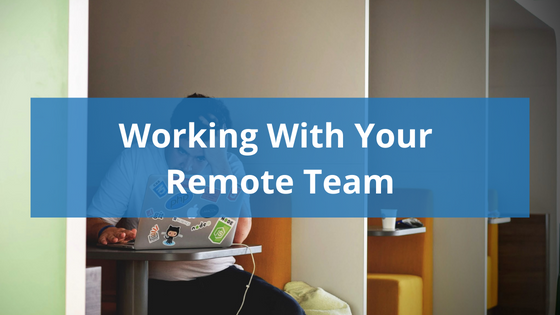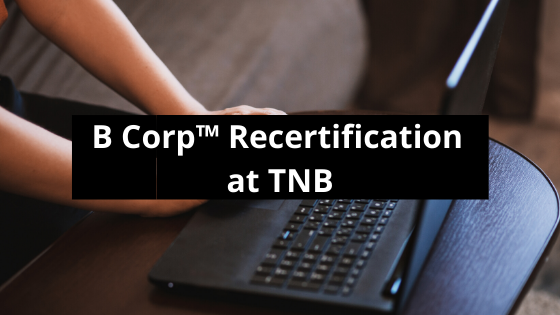With more employees requesting flexible work options, rents in major cities going up, and the stress of commuting, you may be considering switching from a physical workspace to going entirely remote. This is an option that allows for more flexibility in hiring practices, living arrangements for employees, and can reduce costs for your organization. However, there are also factors that must be considered before going remote. We’re going to highlight some of those challenges for you, so you can determine if going remote is the right choice for your organization.
Time zones
With an entirely remote team your employees have the freedom to work from anywhere, but that also means that some of your teammates could be working in different time zones which may make it difficult to hit deadlines and communicate with each other. You may need to set certain hours so that everyone (for the most part) overlaps at some point in the day in case emergencies or time-sensitive issues come up that need quick resolution from multiple parties.
Meetings and staff bonding
While remote meetings and video conferencing are great ways to keep in touch with teammates, it can be difficult when in-person contact is lessened with an entire team. It might benefit your organization to have one or two all-staff events where teammates come in to town to have working meetings, go on outings, or otherwise interact to maintain a sense of camaraderie and closeness to the people who work with you every day.
Not having a base of operations
By getting rid of a permanent office space you may run into obstacles. You may need to set up a PO Box for important mail or decide on a location to speak with potential clients and vendors. It is essential for every organization to have a way to be reached by those outside of the organization. This can be more difficult if you don’t maintain a permanent office space, but it is not impossible to work around and may actually make your ability to travel or organize meetings easier.
Before moving to an entirely remote work environment, make sure you weigh all the benefits alongside any potential issues. Remote work doesn’t work for every team or person, and the decision must be made with the holistic impact to the organization in mind. While you’re making the decision, learn more about the tools available to help manage your remote team.









Leave a Reply